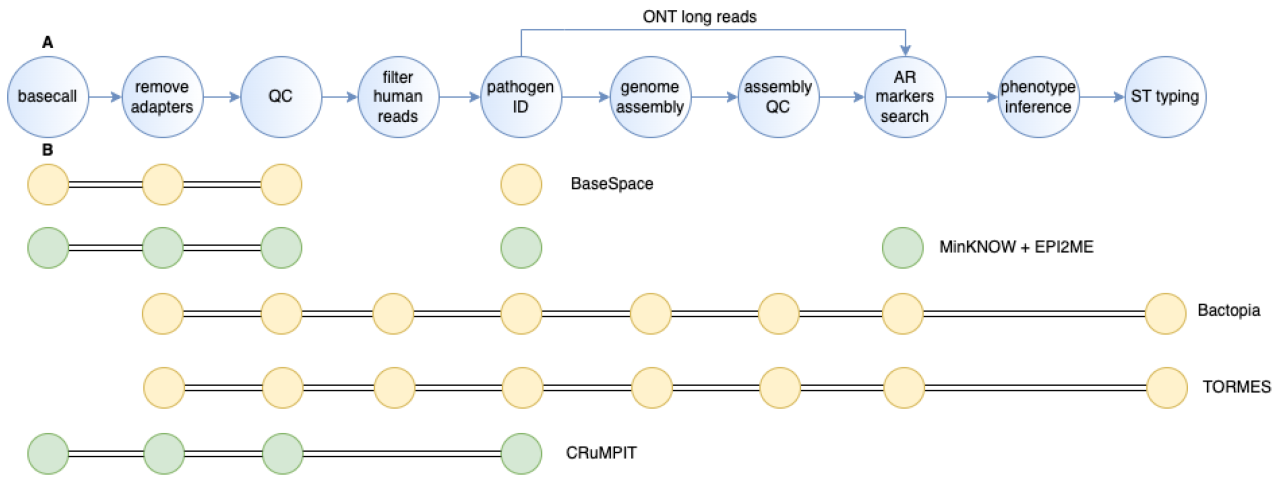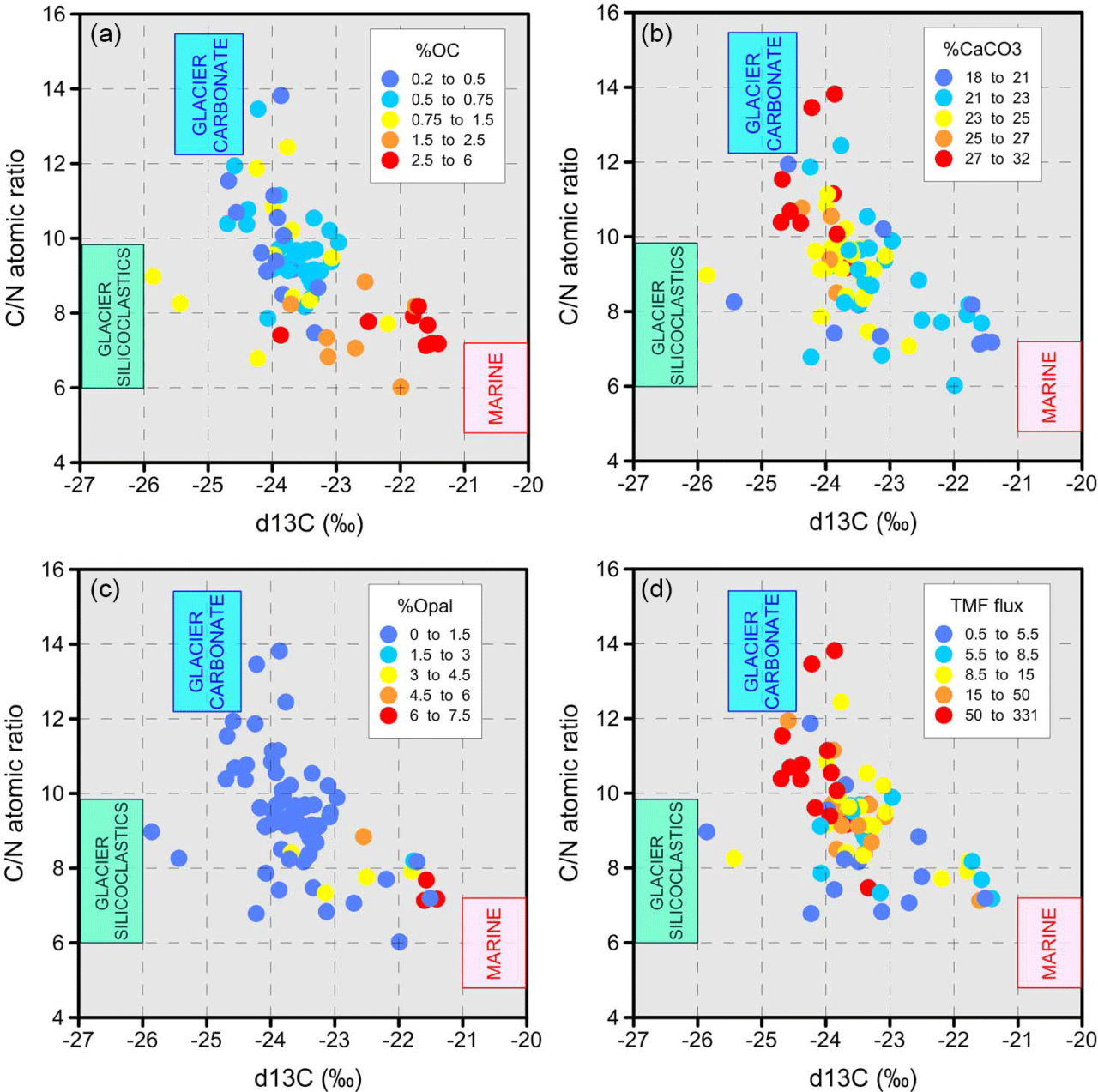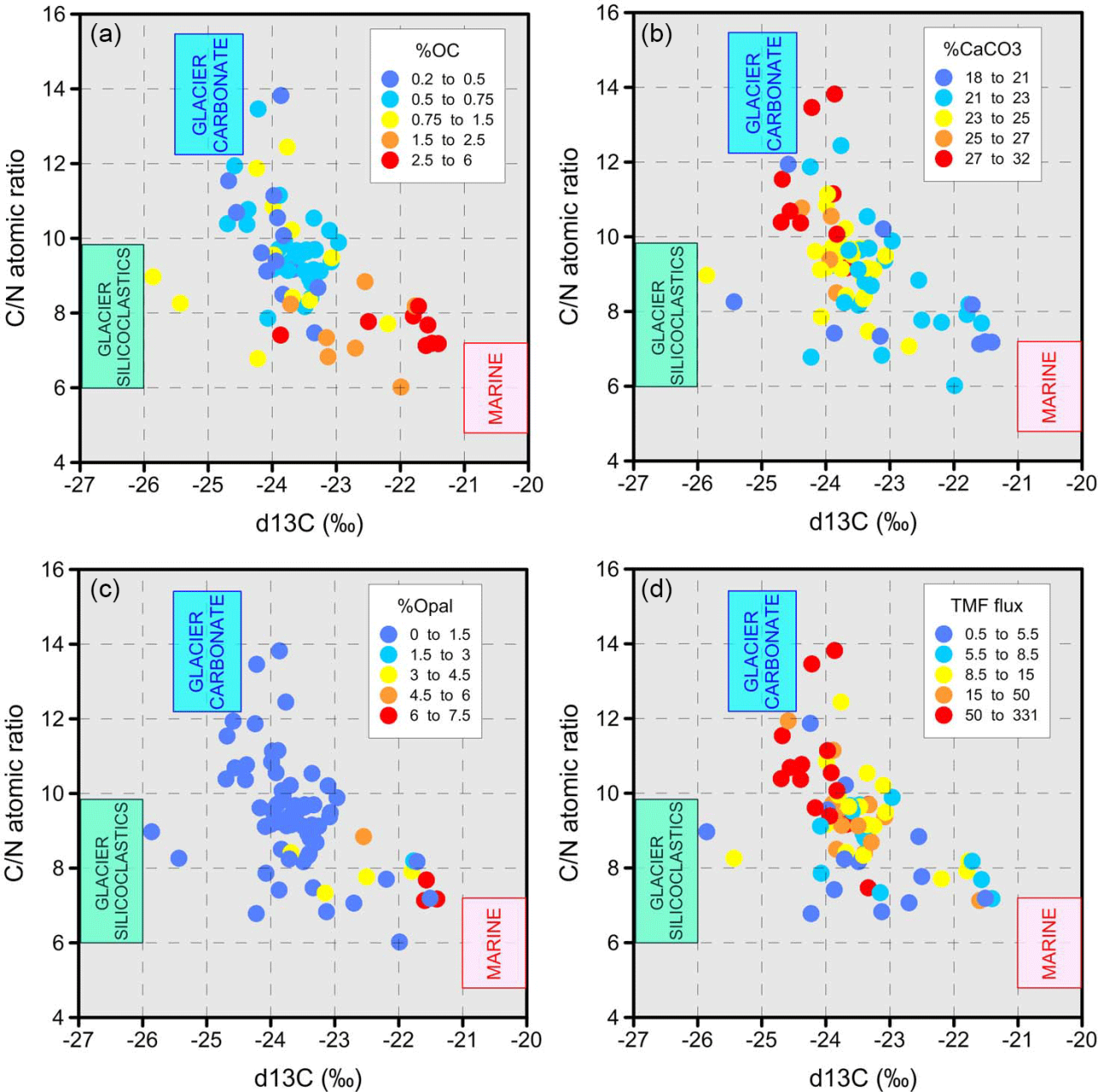China Calls HMPV Outbreak ‘Winter Occurrence’, India Says ‘Don’t’: This headline highlights a fascinating clash of perspectives on a recent human metapneumovirus (HMPV) outbreak. While China attributes the surge in cases to the typical winter increase in respiratory illnesses, India cautions against complacency. This difference in opinion underscores varying healthcare systems, preparedness strategies, and public health messaging, prompting a closer look at the outbreak’s characteristics, its seasonal implications, and the contrasting responses from these two nations.
We’ll delve into the specifics of the Chinese outbreak, examining its geographical spread, the demographics most affected, and the severity of illness. We’ll then contrast this with India’s assessment, exploring the reasons behind their differing approaches and the potential consequences of these diverging viewpoints. The role of winter in respiratory virus transmission will also be explored, along with preventative measures individuals can take to protect themselves.
China’s HMPV Outbreak and India’s Response

The recent surge in Human Metapneumovirus (HMPV) cases in China has sparked international attention, particularly given India’s contrasting perspective on the outbreak’s severity and necessary public health response. This article examines the characteristics of the outbreak in China, compares the responses of both nations, explores the seasonal influence, and details preventative measures.
China’s HMPV Outbreak Characterization, China Calls HMPV Outbreak ‘Winter Occurrence’, India Says ‘Don’t

Reports from China indicate a significant increase in HMPV infections, particularly impacting certain demographics and geographical regions. The timeline of the outbreak, the specific strains involved, and a comparison with previous outbreaks are crucial for understanding its impact and developing effective strategies.
While precise figures are often subject to reporting limitations, available data suggests a geographical spread across multiple provinces, with varying levels of infection rates. The age group most affected seems to be young children and the elderly, reflecting the typical vulnerability of these populations to respiratory illnesses. Severity has ranged from mild to severe, with some cases requiring hospitalization.
So, China’s calling the HMPV outbreak a winter thing, but India’s saying “hold your horses.” Meanwhile, if you’re looking to narrate this news for your podcast, check out this guide on finding the right AI voice generator for podcasting – it’ll make your audio sound pro. Back to the HMPV situation, the differing opinions highlight the complexities of global health responses.
Initial reports emerged in [Insert Month, Year], with infection rates peaking around [Insert Month, Year]. Trends indicate a potential seasonal pattern, aligning with the typical winter increase in respiratory infections. The strains identified appear to be similar to previously circulating strains, although further genomic sequencing is needed to confirm this fully.
| Data Point | Value |
|---|---|
| Date of First Report | [Insert Date – Example: October 2023] |
| Approximate Number of Cases | [Insert Approximate Number – Example: Thousands] |
| Mortality Rate | [Insert Rate – Example: Low, but requires further investigation] |
| Age Group Most Affected | Young Children and Elderly |
India’s Response and Contrasting Perspectives

India’s response to the reported outbreak in China has been cautious, advising against certain actions while emphasizing the need for continued monitoring and preparedness. This contrasting approach highlights differences in risk assessment, healthcare infrastructure, and public health communication strategies.
India’s relatively more measured response may stem from a variety of factors, including its own experience managing respiratory virus outbreaks, its assessment of the available data, and its focus on prioritizing its domestic public health needs. The differing perspectives underscore the complexity of navigating international health crises and the importance of robust data sharing and collaboration.
While both China and India possess extensive healthcare systems, their strengths and weaknesses in managing respiratory virus outbreaks differ. China’s centralized system allows for rapid mobilization of resources, whereas India’s diverse healthcare landscape presents both challenges and opportunities in terms of reaching vulnerable populations.
- Public Health Messaging: China’s messaging might have focused more on general awareness and preventative measures, while India’s approach may have emphasized targeted interventions and risk-based communication.
- Resource Allocation: China might have allocated resources more swiftly due to its centralized system, while India’s resource allocation might have been more decentralized and potentially slower.
- International Collaboration: Both countries’ approaches to international collaboration in addressing the outbreak might have differed, influencing data sharing and joint response strategies.
Seasonal Influence and Winter Occurrence
The timing of the HMPV outbreak aligns with the typical winter surge in respiratory virus infections globally. This seasonal pattern is influenced by several environmental and behavioral factors.
The colder, drier air of winter months facilitates the survival and transmission of viruses. Increased indoor gatherings and close contact also contribute to the spread of respiratory illnesses. Globally, HMPV outbreaks exhibit seasonal variations, with peak activity generally occurring during winter in temperate regions and potentially during different seasons in tropical regions.
A line graph visualizing seasonal trends would show a clear peak in HMPV infections during the winter months (November-March) in both China and India over the past five years. The magnitude of the peak might vary slightly between the two countries, reflecting differences in climate, population density, and public health interventions. The graph would also show a lower incidence during the summer months.
So, China’s calling this HMPV outbreak a typical winter thing, while India’s basically saying “hold your horses.” It’s a reminder that even with major health concerns, other news keeps rolling in, like the fact that, as reported by Federal courts won’t refer Clarence Thomas for DOJ investigation , political dramas continue. This just shows how diverse global news can be, even when discussing seemingly unrelated events like a virus outbreak and a legal controversy.
Back to the HMPV, it’s a good idea to stay informed on both fronts!
Public Health Measures and Prevention Strategies
China’s response likely involved a combination of measures aimed at containing the spread of HMPV. These might include enhanced surveillance, improved hygiene practices, and targeted interventions in high-risk areas. These measures are largely consistent with standard public health protocols for managing respiratory virus outbreaks.
Individual preventative measures remain crucial. These include regular handwashing, covering coughs and sneezes, avoiding close contact with sick individuals, and practicing respiratory hygiene. Vaccination against influenza and other respiratory viruses can also provide some indirect protection.
Key recommendations for mitigating the spread of HMPV include: Prioritizing vaccination for vulnerable populations, implementing robust hygiene practices, and maintaining open communication about the virus and its prevention.
Scientific Understanding and Research Needs
While significant progress has been made in understanding HMPV, several aspects require further research. This includes a deeper understanding of its transmission dynamics, the development of more effective diagnostic tools, and the exploration of potential therapeutic interventions.
Current research focuses on improving diagnostic tests, exploring the effectiveness of various antiviral drugs, and investigating the development of potential vaccines. However, further research is needed to address knowledge gaps related to long-term effects, specific risk factors, and the evolution of the virus.
- What are the long-term health consequences of HMPV infection in different age groups?
- How effective are current antiviral treatments against different HMPV strains?
- What is the true extent of HMPV co-infection with other respiratory viruses?
- What factors contribute to the severity of HMPV infections?
Closing Notes
The contrasting narratives surrounding the HMPV outbreak in China and India highlight the complexities of managing respiratory viruses on a global scale. While China emphasizes the seasonal nature of the outbreak, India’s more cautious approach underscores the importance of preparedness and proactive public health messaging. Understanding the nuances of these differing perspectives, along with the seasonal factors influencing HMPV transmission, is crucial for developing effective prevention and mitigation strategies.
Further research into HMPV’s behavior and transmission is needed to inform future public health responses and protect vulnerable populations worldwide.
FAQ Guide: China Calls HMPV Outbreak ‘Winter Occurrence’, India Says ‘Don’t
What is HMPV?
Human metapneumovirus (HMPV) is a common respiratory virus that can cause mild to moderate respiratory illnesses, similar to the common cold or influenza. It’s especially concerning in young children and older adults.
So, China’s calling this HMPV outbreak a “winter occurrence,” right? India’s basically saying, “Don’t panic.” But hey, consider this: with a Winter storm warning issued for Kansas City, as weekend travel to is affected, it shows how weather can impact things. This reminds us that seasonal factors play a huge role in outbreaks, just like with the HMPV situation in China and India.
How is HMPV transmitted?
HMPV spreads through respiratory droplets produced when an infected person coughs or sneezes. It can also spread through contact with contaminated surfaces.
What are the symptoms of HMPV?
Symptoms can include fever, cough, runny nose, sore throat, and difficulty breathing. In severe cases, pneumonia or bronchiolitis can occur.
Is there a vaccine for HMPV?
Currently, there is no licensed vaccine for HMPV. However, research is ongoing to develop one.
